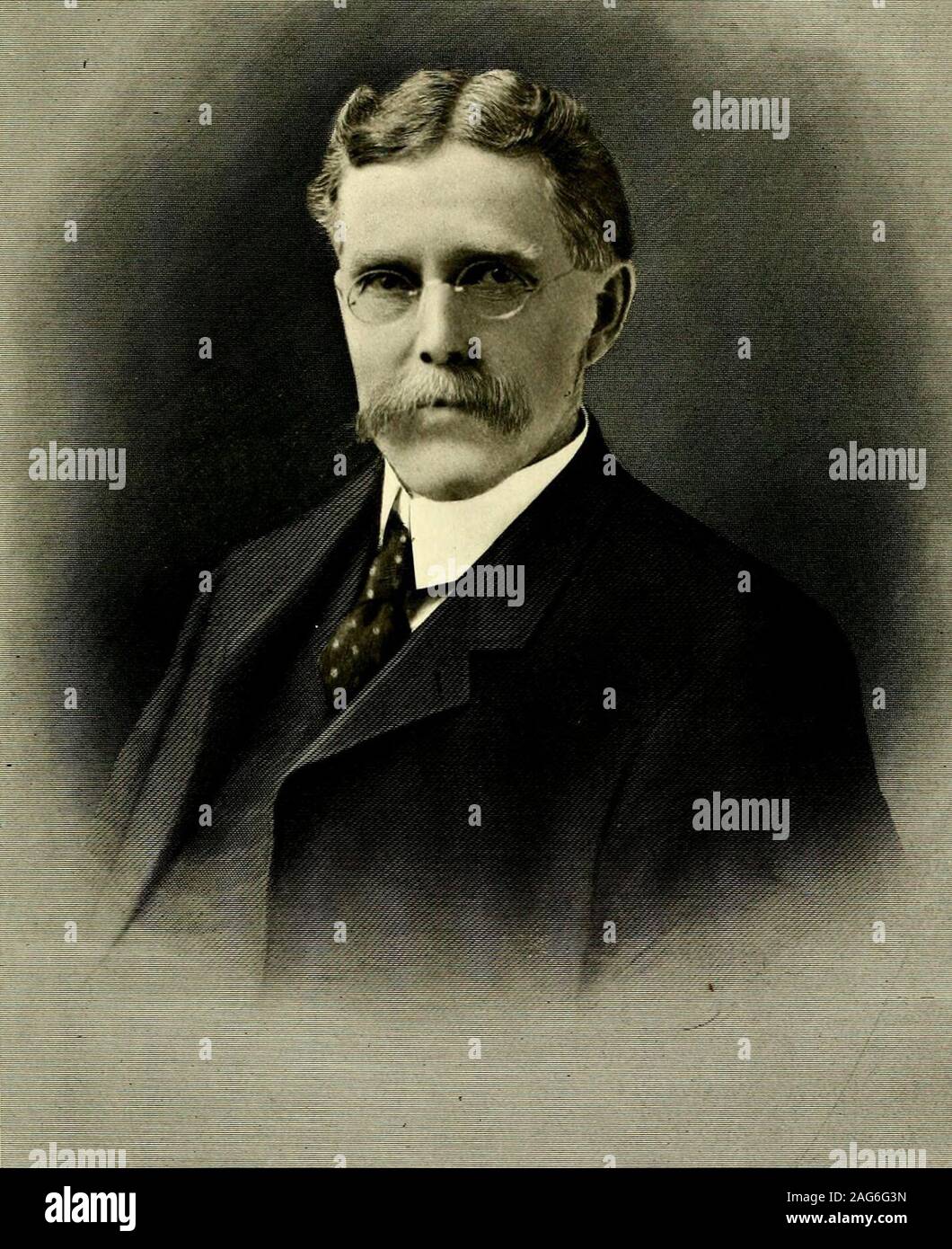. Historical encyclopedia of Illinois. is place accommodatemost of the inhabitants of the township, althoughthe change has severely affected some churcheswhich were locally well adapted to the situationwhen the farming population was scattered allover the township, at the time when it was desti-tute of villages, and the interests of severalschool districts have also been somewhat af-fected for the same reason. CHENEYS GROVE TOWNSHIP. Cheneys Grove in a state of nature must havebeen a beautiful place. It contained 3,090 acresof remarkably fine woodland with many finewhite-oak trees and a large

Image details
Contributor:
The Reading Room / Alamy Stock PhotoImage ID:
2AG6G3NFile size:
7.1 MB (553.6 KB Compressed download)Releases:
Model - no | Property - noDo I need a release?Dimensions:
1428 x 1750 px | 24.2 x 29.6 cm | 9.5 x 11.7 inches | 150dpiMore information:
This image is a public domain image, which means either that copyright has expired in the image or the copyright holder has waived their copyright. Alamy charges you a fee for access to the high resolution copy of the image.
This image could have imperfections as it’s either historical or reportage.
. Historical encyclopedia of Illinois. is place accommodatemost of the inhabitants of the township, althoughthe change has severely affected some churcheswhich were locally well adapted to the situationwhen the farming population was scattered allover the township, at the time when it was desti-tute of villages, and the interests of severalschool districts have also been somewhat af-fected for the same reason. CHENEYS GROVE TOWNSHIP. Cheneys Grove in a state of nature must havebeen a beautiful place. It contained 3, 090 acresof remarkably fine woodland with many finewhite-oak trees and a large proportion of sugarmaples. The head waters of the SangamonRiver meandered through the charming groveon a gravelly and pebbly bed. The living springswhich fed this stream and the timber of the grovemade the location so desirable, that one wonderswhy It was not chosen by settlers the first of anyspot in McLean County. Quite possibly the sizeof the grove was against it at first, as it mighthave been considered too small to supimrt an in-. Urvtryi- HISTORY OF McLEAN COUxNTY. 687 dependent settlement, and no doubt the 5, 860acres of Blooming Grove was more likely to sus-tain a large neighborhood than Cheneys Grove, with scarcely more than half as much timber. But the attractions of the grove and its mag-nificent prairie cattle range in every directionproved so attractive to Jonathan Cheney, in 1825, that he deliberately gave up looking at Bloom-ing Grove, where he left his family for twoweeks, and on November 4, 1825, decided on liv-ing at the grove which thereafter took his name.No one knows what was the Indian name for thegrove or whether it ever had any Indian name.The rough Indians and their rough sounding lan-guage had few charms for our early settlers, andhad the Indians modern friends been here atthat time, they would probably have done whatour pioneers did—try to forget the barbariansas soon as possible, and try to remember for-ever some one or more of the pioneers by namings